Cabin Fever: The Growing Popularity of Off-Grid Living
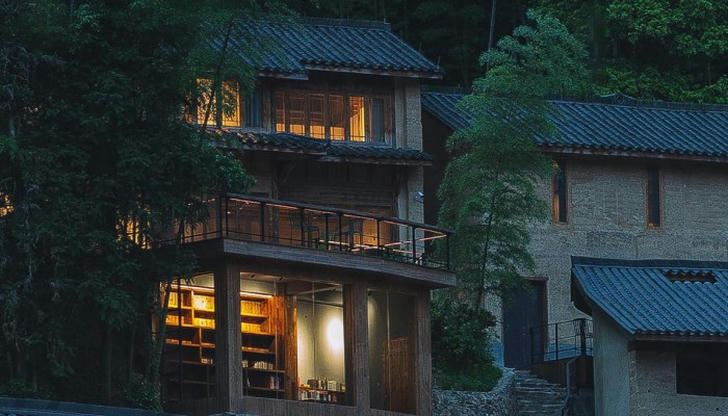
Have you ever dreamed of escaping the daily grind, trading traffic jams and utility bills for peaceful mornings surrounded by nature? You’re not alone. More and more people are embracing off-grid living — a lifestyle where you rely on your own resources for power, water, and food, free from the constraints of modern infrastructure.
But what’s behind this growing trend? For some, it’s the desire to slow down and simplify life. For others, it’s about sustainability and reducing their environmental impact. And let’s not forget the rising cost of living — owning an off-grid cabin can be a smart financial move in the long run.
Whether you’re looking for a weekend retreat or a permanent escape, off-grid living offers a unique sense of freedom and connection to nature. But is it as idyllic as it sounds? Let’s dive into what makes this lifestyle so appealing, what you need to consider before making the leap, and whether it could be the right fit for you.
1. The Appeal of Off-Grid Living
What makes off-grid living so tempting? For many, it’s more than just a lifestyle choice — it’s a chance to reclaim freedom, embrace sustainability, and live life on their own terms. Let’s break down the biggest draws:
Escape the Chaos: Imagine waking up to birdsong instead of blaring alarms and rush hour traffic. Off-grid living offers a peaceful retreat from the constant noise of modern life.
Self-Sufficiency and Sustainability: Producing your own energy with solar panels, collecting rainwater, and growing your own food gives you a deep sense of independence while reducing your carbon footprint.
Financial Freedom: After the initial setup, off-grid living can significantly cut monthly expenses. No more hefty utility bills or rising rent — just you, your cabin, and nature.
Closer Connection to Nature: Whether it’s hiking, gardening, or simply stargazing, off-grid living brings you closer to the natural world. It’s a slower pace of life where you learn to appreciate the little things
2. What’s Driving the Trend?
So why are more people making the leap to off-grid life now? Several factors have fueled this growing movement:
The Rise of Remote Work: With more people working from home, there’s no longer a need to live near crowded cities. Cabins in the woods or by a quiet lake suddenly became viable options.
Post-Pandemic Priorities: The pandemic made many of us rethink what truly matters — peace, safety, and self-reliance became top priorities, sparking interest in simpler, more sustainable living.
Soaring Living Costs: Let’s face it — housing prices and utility bills aren’t getting any cheaper. Off-grid living offers a more affordable alternative, especially for those looking to build a future without debt.
Technology Advancements: Solar panels, water filtration systems, and composting toilets have made off-grid living more accessible and comfortable than ever before.
Inspiration from Social Media: Platforms like Instagram and YouTube have turned #CabinLife into a dreamy escape, inspiring thousands to trade city lights for starry skies.
Off-grid living isn’t just about surviving — it’s about thriving in a way that aligns with personal values and offers a sense of freedom few other lifestyles can match. Ready to explore what it takes? Let’s dive deeper.
3.Essentials for Off-Grid Living
Living off the grid isn’t as simple as packing up and heading into the wilderness. It’s a lifestyle that requires thoughtful planning and preparation. Here’s what you’ll need to make sure you're fully equipped:
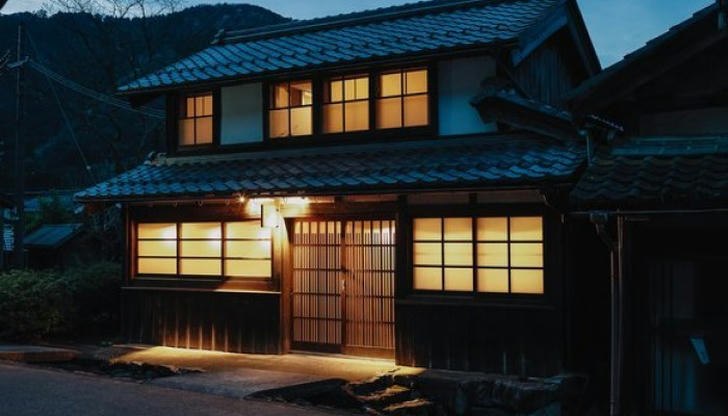
First, a reliable power source is absolutely essential. Most off-grid homes use solar panels, but if you’re in a windier area, a small wind turbine could be a great addition. Some people even use a combination of these, with a backup generator just in case. Without power, your off-grid life can feel a lot more difficult than it needs to be.
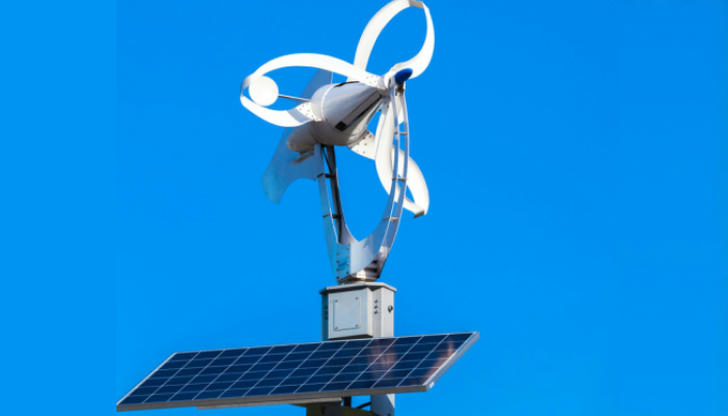
Next up is your water supply. If you live near a river, a spring, or have access to a rainwater collection system, that’s a great start. However, the real key is filtration. Even if you think your water is clear, you’ll want a good filtration system in place to make sure it’s safe for drinking and cooking.
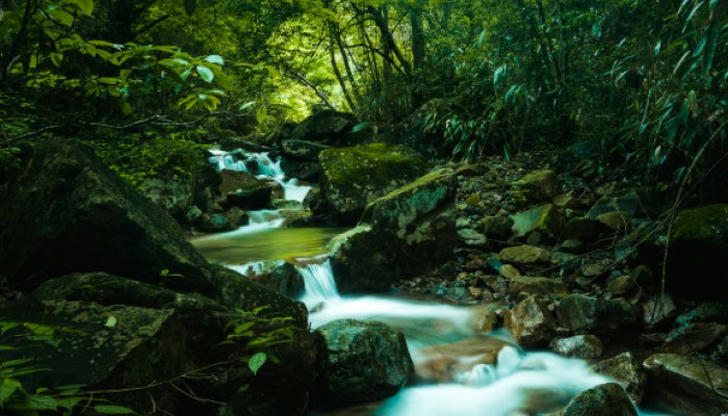
Then, you’ll need to think about heating and cooking. Wood stoves are a popular choice because they not only provide warmth but can also be used for cooking meals. Of course, you can also consider solar ovens or propane options if wood isn’t the most practical in your area.
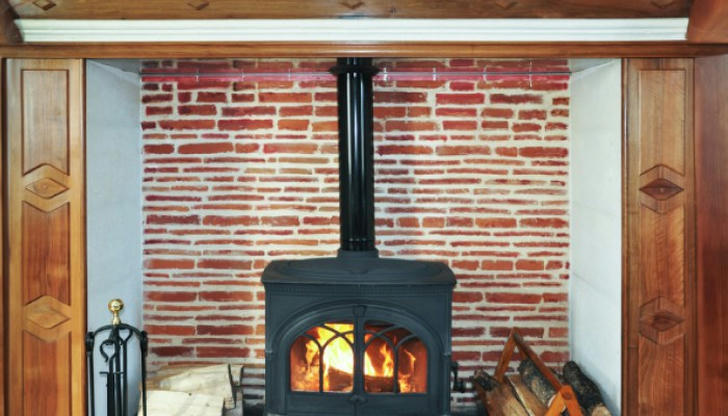
Finally, don’t overlook waste management. Composting toilets, greywater recycling, and a septic system are important to keep everything running smoothly. Being off-grid doesn’t mean you have to compromise on cleanliness or comfort — it just requires a bit more creativity and responsibility.
4. Challenges to Consider
While the thought of living off-grid might seem like an idyllic retreat from modern life, there are some challenges you’ll need to carefully consider.
Take the setup costs, for example. Solar panels, wind turbines, water filtration systems, and building materials can add up quickly. If you’re starting from scratch, it can feel like a big investment, but the long-term savings are worth it.
Then, there’s the issue of weather dependency. For instance, if you’re relying on solar panels, a few cloudy days or a harsh winter might mean you’re not getting as much energy as you need. Similarly, your water collection system might not be as reliable during dry spells.
Maintenance is another factor that can make off-grid living tricky. You’re your own handyman — there’s no one to call when things break down. Learning basic DIY skills will be essential to keeping everything running smoothly.
Lastly, there’s the matter of isolation. Many off-grid locations are far from civilization, so if you’re someone who thrives on regular social interaction, the isolation might feel a bit overwhelming at times.
- Is Off-Grid Living Right for You?
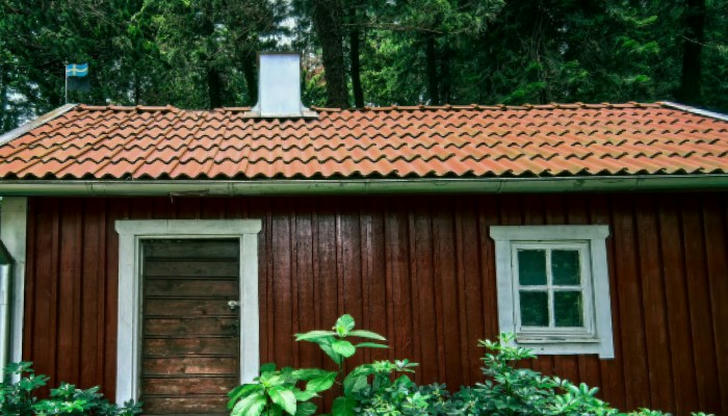
So, should you make the leap to off-grid living? It’s an important question to ask yourself before you start making plans.
If you’re someone who values sustainability, independence, and the peace of being surrounded by nature, off-grid living can be incredibly fulfilling. The satisfaction that comes with self-sufficiency and the ability to live without relying on public utilities is unmatched.
On the other hand, if convenience, social connections, or modern amenities are crucial to your lifestyle, you may find the transition challenging. Off-grid living isn’t for everyone, but it’s worth considering if you’re seeking a change.
A good way to figure out if it’s right for you is to dip your toes in first. Try spending a weekend in an off-grid cabin or experimenting with small off-grid solutions at home — like solar chargers or a rainwater collection system.
At the end of the day, off-grid living offers the chance to build a life that aligns with your values and gives you the freedom to design your own version of "home." The question is, are you ready for the adventure?
